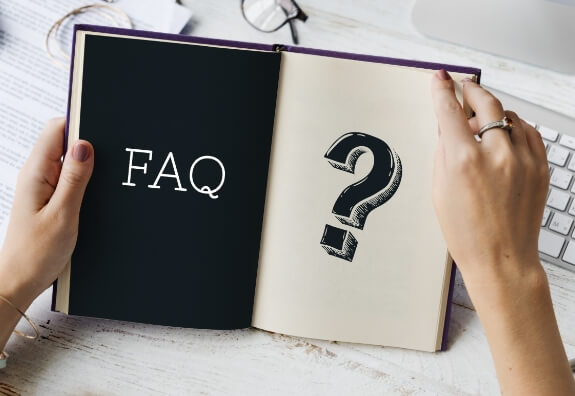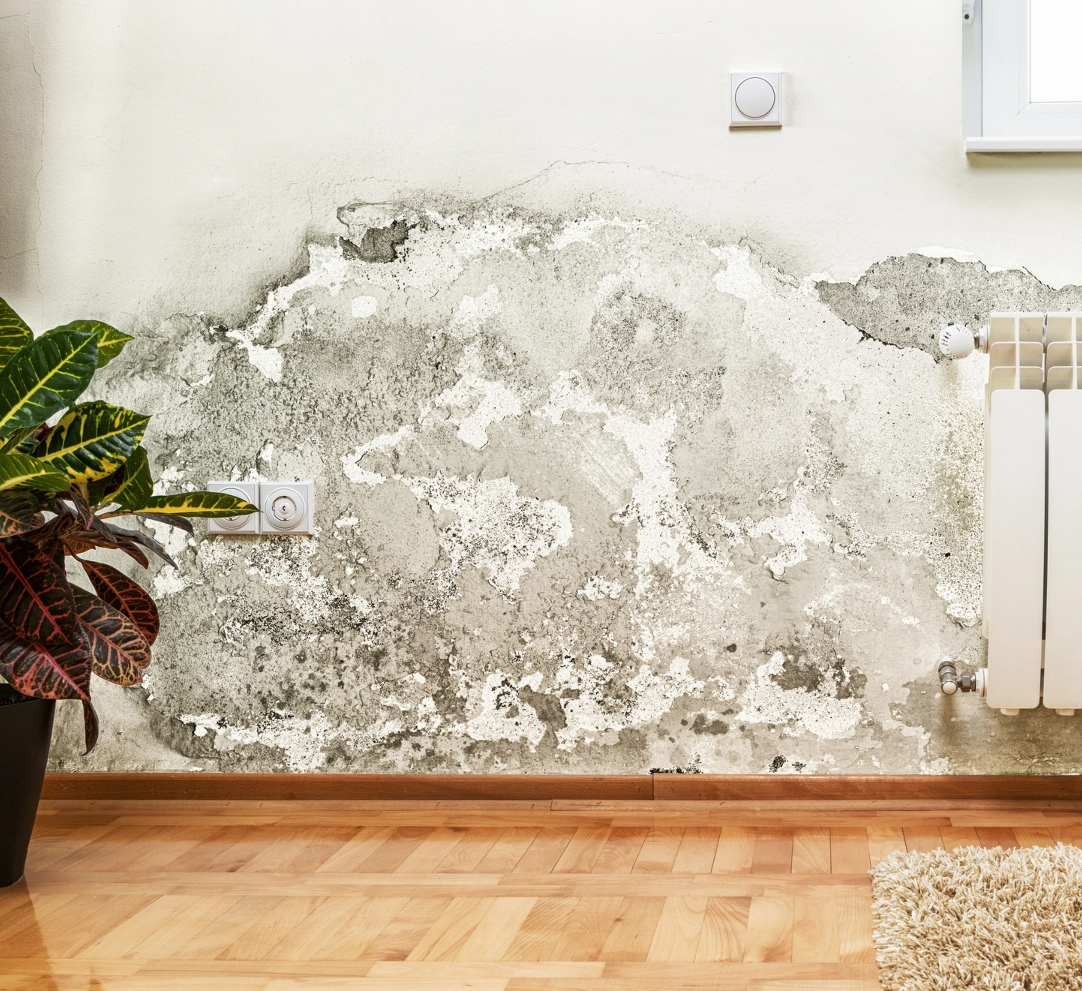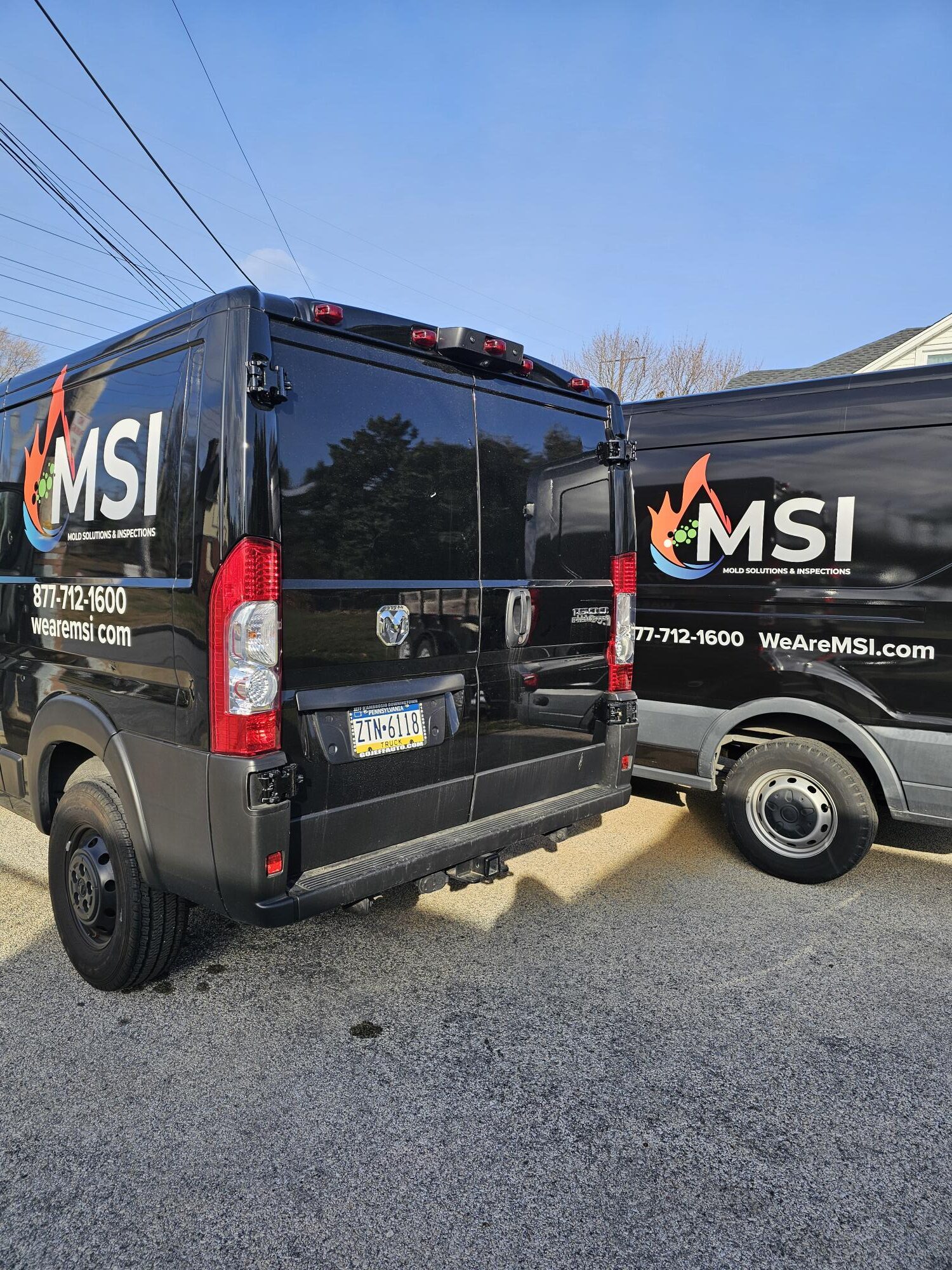Restoring Homes Since 1998
Water Damage Restoration Near You
Water intrusion into a building can be incredibly destructive, often resulting in thousands of dollars in property damage and content loss. Whether caused by leaking faucets, broken water heaters, burst pipes, or natural disasters like flooding, water damage requires immediate attention to prevent further destruction and costly repairs.
Taking swift action during a water loss is critical. Hiring a company that is fully equipped, expertly trained, and certified ensures the restoration process is handled efficiently and effectively, minimizing damage and downtime.
At Mold Solutions & Inspections, we have been restoring water-damaged properties for over 25 years. Our extensive experience and proven water restoration protocols have earned us accolades and a trusted reputation across the industry. As an IICRC Certified Firm, all of our water damage restoration technicians are rigorously trained and fully prepared to manage any type of water loss, from minor leaks to large-scale disasters.
We are an approved vendor with all major insurance carriers and can manage the claim process directly with your insurance company to alleviate added stress during this challenging time. When water damage happens, you can trust us to restore your property to its pre-loss condition safely, quickly, and cost-effectively—24 hours a day, 365 days a year.

Why Choose Us to Handle Your Water Damage Loss?
Our team consists of fully trained and insured technicians who meet or exceed industry standards. Equipped with the latest technologies and advanced equipment, we are prepared to handle any type of water damage, whether residential or commercial, small or large. With a focus on efficiency and cost-effectiveness, our experienced professionals ensure a seamless restoration process that sets us apart from the competition.
When water damage strikes, every moment matters. Unlike companies that claim to offer emergency services but take days to respond, our team is always on call and ready to assist. You’ll always speak to a live person—never a voicemail that goes unanswered for hours—ensuring a rapid response when your property needs it most. Our commitment to immediate action minimizes damage and protects your home or business from further harm.
Filing a claim for water damage can be overwhelming, but we’re here to help. With hundreds of successful insurance claims under our belt, we have the expertise to handle the documentation and communication with your insurance provider. Our transparent billing practices ensure accurate claims, earning us a reputation as a trusted partner among insurance agents. We never inflate costs or charge for uncompleted work, giving you peace of mind during the claims process.
Unlike many competitors, we prioritize employee retention and professionalism. While franchise companies often experience high turnover due to low wages and seasonal work, our team is made up of long-standing, family-oriented professionals dedicated to providing quality service. All of our employees are IICRC certified, ensuring you receive top-tier expertise and consistency in every project. With our team, you can feel confident that your property is in the best possible hands.




